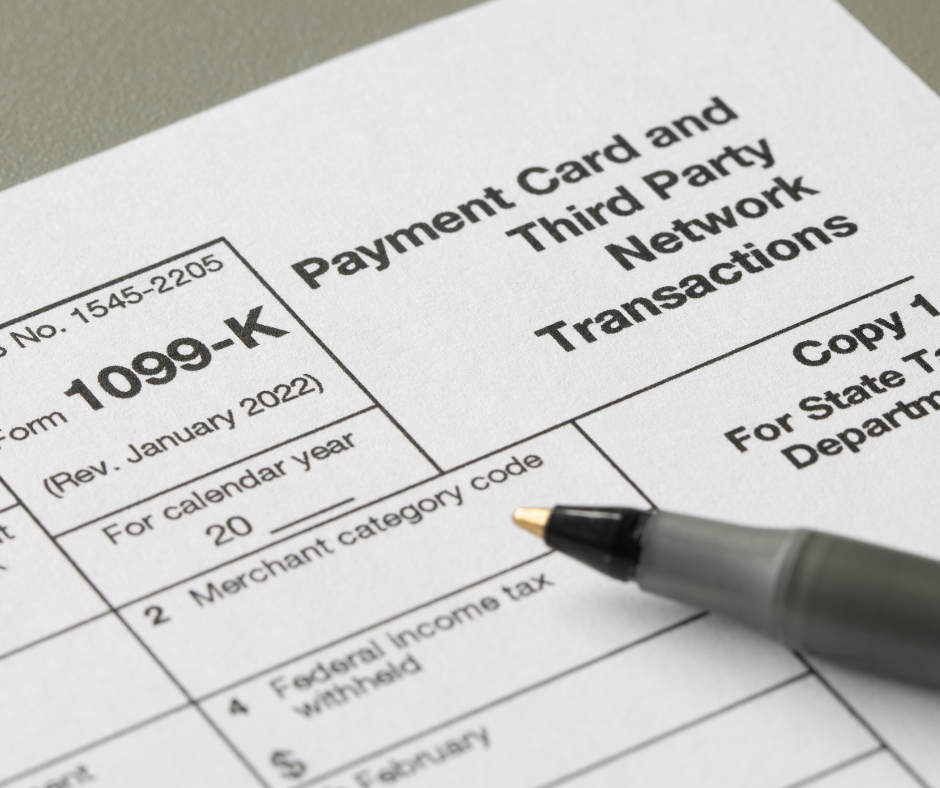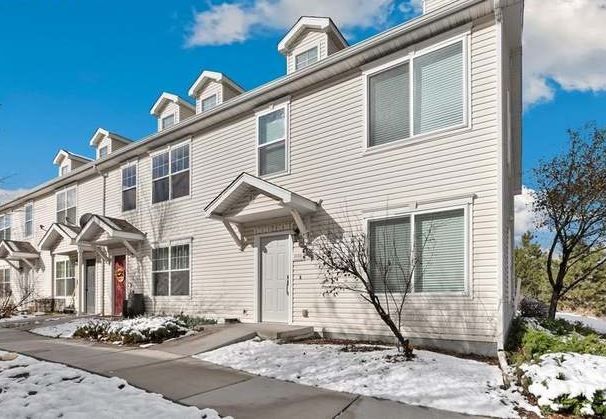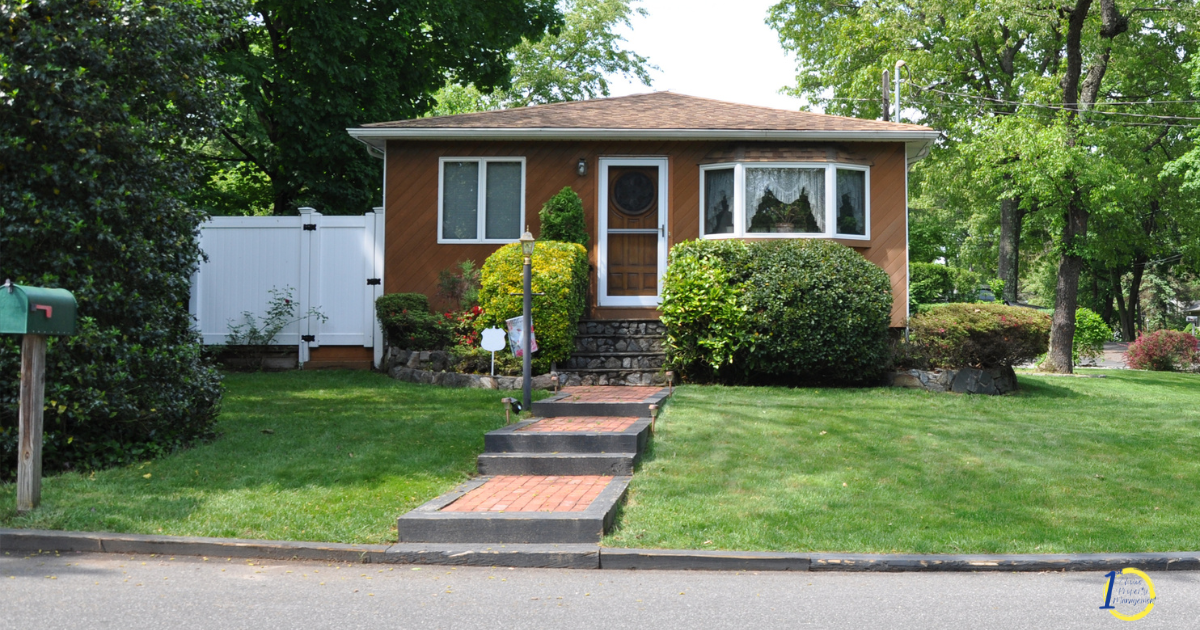Tenants vs. Occupants: What’s the Difference and Why It Matters

At 1st Choice Property Management, we often get asked: “What’s the difference between a tenant and an occupant?” It’s a great question—and one every landlord, property manager, or leasing agent should fully understand.
Let’s break it down.
Tenants vs. Occupants: The Basics
The key difference is simple: tenants sign the lease, while occupants do not.
Tenants are legally bound by the lease agreement. They have financial responsibility, must follow property rules, and are protected by landlord-tenant law. Occupants, on the other hand, are individuals allowed to reside in the property but without any legal or financial obligations to the landlord.
Occupants can include a tenant’s family member, partner, or friend. They live in the rental unit with permission but aren’t officially part of the lease.
There are two main types of occupants:
- Authorized Occupants: Approved by the landlord, sometimes listed in the lease.
- Unauthorized Occupants: Living on the property without formal approval—potentially violating lease terms.
How It Affects the Lease
- Tenants sign the lease and agree to abide by its terms. They pay rent, follow property rules, and are liable for any damages—even those caused by an occupant.
- Occupants must follow the same rules, but they don’t have any contractual obligations. If an occupant causes damage, the tenant is held responsible. That’s why it’s crucial for tenants to think carefully before allowing someone to live with them.
Who Pays Rent?
Only tenants are legally required to pay rent. An occupant may contribute financially, but that arrangement is strictly between them and the tenant. Landlords should always collect rent from the tenant listed on the lease—not an occupant.
Repairs and Requests
Tenants can request maintenance or negotiate property changes. Occupants cannot. Since occupants don’t have a contractual relationship with the landlord, they live in the property “as-is.” All maintenance requests and liabilities must go through the tenant.
Moving Out and Eviction
Tenants must give written notice before moving out, typically 30–60 days depending on the lease. Occupants don’t have to provide any notice unless required by local laws.
If an occupant refuses to leave, things can get complicated. A tenant can ask an occupant to leave, but if the occupant resists, it may become a legal issue. In some cases, the best solution for landlords is to terminate the lease, requiring both tenant and occupant to vacate.
Note: Minor children are exceptions—tenants cannot evict them.
Can an Occupant Become a Tenant?
Yes—but only if they go through the proper application process and meet the landlord’s screening criteria. They can either be added to the current lease or sign a new one as a co-tenant.
Every lease should include clear language around how long guests can stay before applying to become a tenant.
Why It’s Important to Get It Right
Misidentifying an occupant as a tenant—or vice versa—can lead to legal and financial issues. Only tenants are responsible for payments and lease compliance. If legal action is ever needed, landlords can only pursue those listed on the lease.
That’s why it’s critical to clearly list all tenants and occupants in the lease and spell out the responsibilities of each.
Whether you’re managing long-term rentals or short-term stays, defining the roles of tenants vs. occupants in your lease protects both your property and your peace of mind. At 1st Choice Property Management, we make sure every lease agreement is clear, thorough, and tailored to the needs of the property. Have questions about who should (or shouldn’t) be on your lease? We’re here to help.
Share this post















